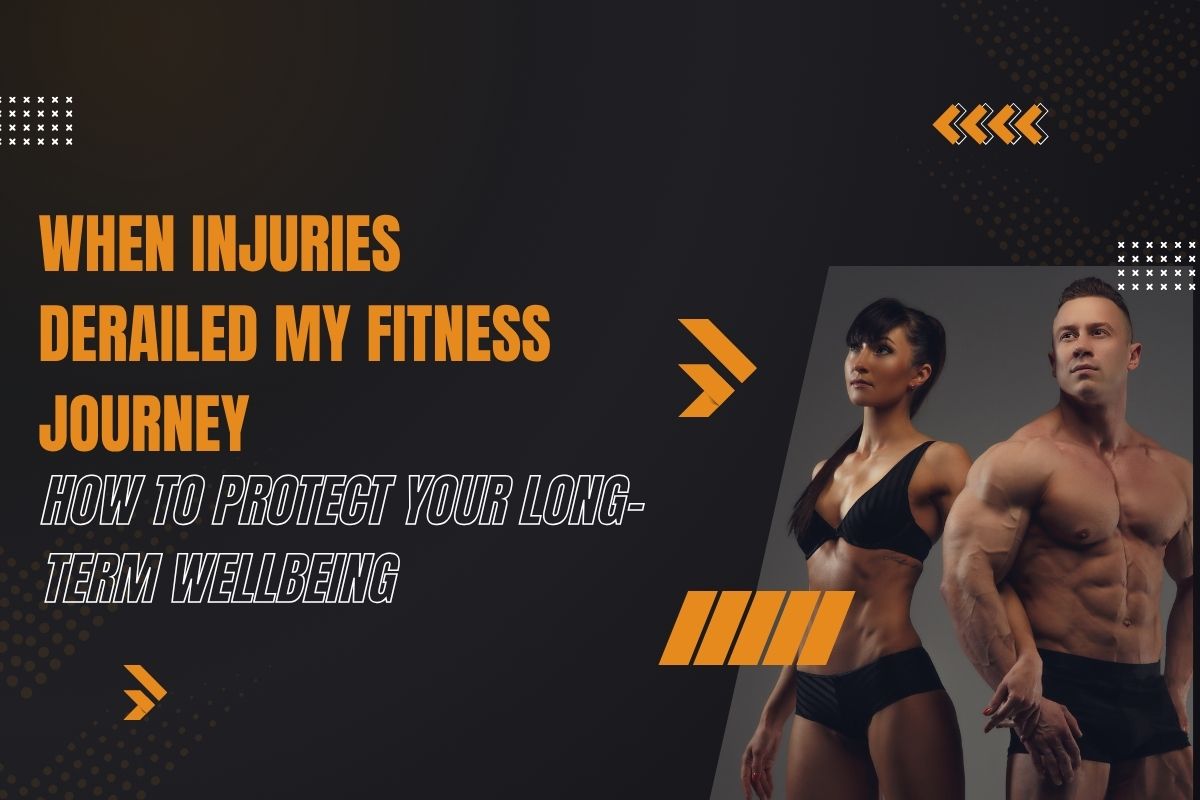
Staying active has always been my way of keeping both my mind and body in balance. But when an unexpected injury threw me off course, I learned that recovery was not just about physical healing — it was about protecting my overall wellbeing and future security. During this process, I discovered the importance of knowing my rights, especially with the help of a New Jersey Long Term Disability Lawyer who could explain how health setbacks might affect my ability to work and earn. This experience opened my eyes to the deeper connection between fitness, health, and financial preparedness.
Table of Contents
Reassessing Your Body and Goals After an Injury
When you first experience an injury, it’s easy to fall into frustration and self-doubt. Whether it’s a torn ligament, a back strain, or chronic pain that develops over time, the sudden inability to do what once felt effortless can be mentally exhausting. The first step toward recovery is acknowledging the new limits of your body and giving yourself permission to rest without guilt. This is not failure — it’s a necessary part of growth.
Reassessing your fitness goals helps you move forward from where you are, not where you used to be. Instead of aiming for personal bests or intense workouts, shift your focus toward gentle movement and rehabilitation. Physical therapy, light stretching, and slow-paced strength training not only aid recovery but also reduce the risk of reinjury. Learning to listen to your body again builds a stronger foundation for the future — one that prioritizes sustainability over speed.
The Mental Battle of Setbacks
Injuries can challenge your mental health just as much as your physical strength. The loss of routine, the inability to progress, and the feeling of being left behind can lead to anxiety or even depression. Recognizing these emotions is essential to healing holistically. Acknowledging how much your identity was tied to movement or performance can help you rebuild your sense of purpose beyond the gym.
During this time, it helps to reframe your mindset from “I can’t” to “I’m adapting.” Celebrate small milestones — the first pain-free walk, the first session without fatigue, or even the patience you show while healing. Mental resilience plays a key role in recovery. Consider incorporating mindfulness or journaling into your daily routine to manage stress and keep perspective. True fitness is not measured just by strength or endurance, but by your ability to adapt and overcome obstacles.
The Financial Side of Recovery
An injury doesn’t just affect your body — it can also have real consequences for your livelihood. For many professionals, especially those in physically demanding roles, a serious injury can mean extended time off work or even a career change. This is where planning for your long-term wellbeing becomes essential. Understanding disability insurance and workplace rights early on can help you protect your income if your condition prevents you from returning to your previous job.
Consulting with professionals who specialize in disability claims can make a significant difference. A qualified lawyer can explain your benefits, help you navigate complex insurance forms, and ensure you receive fair compensation. Many people don’t realize that documentation — including medical reports, rehabilitation progress, and evidence of how your injury affects your daily activities — plays a major role in claim approval. Seeking guidance early ensures that you’re not left without support during recovery.
Returning to Movement Safely
Getting back into fitness after an injury requires patience and strategy. Start by rebuilding your baseline: flexibility, balance, and control. It’s easy to be tempted by your pre-injury performance levels, but pushing too hard too soon can undo months of progress. Work closely with your doctor or physiotherapist to develop a gradual plan that accounts for your injury, recovery timeline, and long-term goals.
Focus on strengthening supporting muscles and improving mobility in small, consistent steps. Low-impact exercises like swimming, cycling, or yoga are excellent ways to stay active without straining healing tissues. As you regain strength, monitor your body’s feedback closely — pain is a signal, not a challenge to overcome. By respecting the healing process, you set yourself up for long-term success instead of temporary gains.
Building a Holistic Wellness Plan
Protecting your long-term well-being after an injury goes beyond physical rehabilitation. It means taking a balanced approach to health that includes nutrition, rest, mental well-being, and financial security. Eating a diet rich in anti-inflammatory foods can support tissue repair, while adequate sleep allows your body to rebuild and restore energy. Surround yourself with supportive people — trainers, medical professionals, or even peers who understand your journey.
Financial and legal security should also be part of your wellness plan. If your injury has lasting effects on your ability to work or maintain income stability, understanding your rights under disability laws is just as important as understanding your recovery exercises. Expert guidance helps you focus on healing without unnecessary stress about your future.
Conclusion
An injury may pause your fitness journey, but it doesn’t have to end it. The process of rebuilding — physically, mentally, and financially — teaches you resilience, patience, and balance. By listening to your body, nurturing your mind, and planning for your long-term wellbeing, you can emerge stronger than before. Recovery is not just about returning to the gym; it’s about reclaiming control over your health, your career, and your confidence. Protecting your future begins with awareness today — and ensuring that every step you take supports a life that’s both active and secure.

